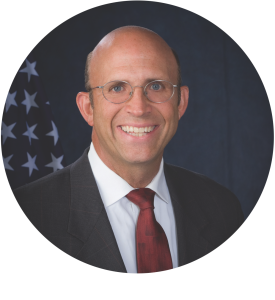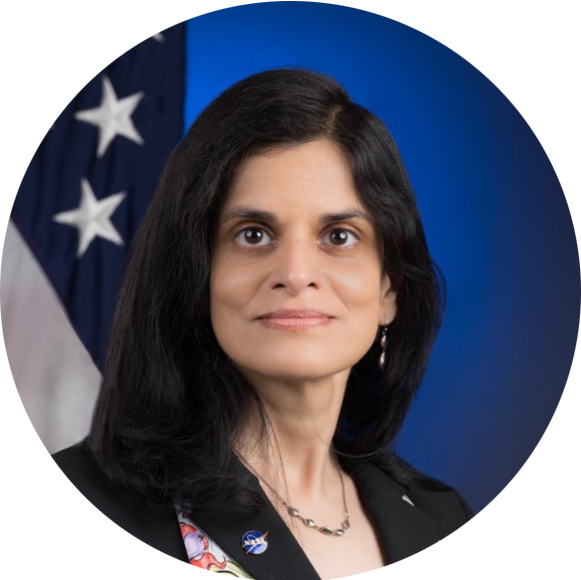 Cordelia Hiers-Brady
Cordelia Hiers-Brady
NASA Headquarters
Cordelia Hiers-Brady serves as the Agriculture Program Coordinator at NASA, where she plays a pivotal role in supporting the Earth actions Agriculture Program. In this capacity, she is instrumental in managing and developing innovative and sustainable projects that address pressing food and agriculture challenges in the U.S. and globally.
With over a decade of experience in the field, Cordelia has effectively collaborated with funders, researchers, and farmers through dynamic public-private partnerships aimed at advancing scientific knowledge and enhancing agricultural practices. Her expertise lies in leveraging communication, leadership, and relationship-building skills to generate engaging content, cultivate multifaceted partnerships, and oversee the day-to-day management of the agriculture team’s programs and events.
Cordelia holds a Master’s degree in Agricultural Business and Economics from Murray State University, equipping her with a strong foundation in both the practical and economic aspects of agricultural science. Her passion lies in connecting the agriculture community with the latest technologies and data available from NASA and other key sources, facilitating a robust exchange of ideas and innovative solutions among stakeholders.
 Dan Martin
Dan Martin Shawn Engelland
Shawn Engelland George Burba
George Burba CJ Bixby
CJ Bixby Amy McCluskey
Amy McCluskey
 Mina Cappuccio
Mina Cappuccio Dr. Shanna McClain
Dr. Shanna McClain Phil Kenul
Phil Kenul Starr Ginn
Starr Ginn Dr. Marcus Johnson
Dr. Marcus Johnson Jay Stalnacker
Jay Stalnacker Charles Sheehe
Charles Sheehe Travis Potter
Travis Potter Peggy Cornell
Peggy Cornell Susan Bayley
Susan Bayley Matthew Boucher
Matthew Boucher Dr. Natasha Neogi
Dr. Natasha Neogi Craig Nickol
Craig Nickol Janice Kurbjun Miller
Janice Kurbjun Miller Koushik Datta
Koushik Datta Genevieve Ebarle
Genevieve Ebarle Shelley Spears
Shelley Spears Stacy Dees
Stacy Dees Andrew Provenza
Andrew Provenza Steven Holz
Steven Holz Mani Gavvalapalli
Mani Gavvalapalli Devin Pugh-Thomas
Devin Pugh-Thomas Jeanne Yu
Jeanne Yu